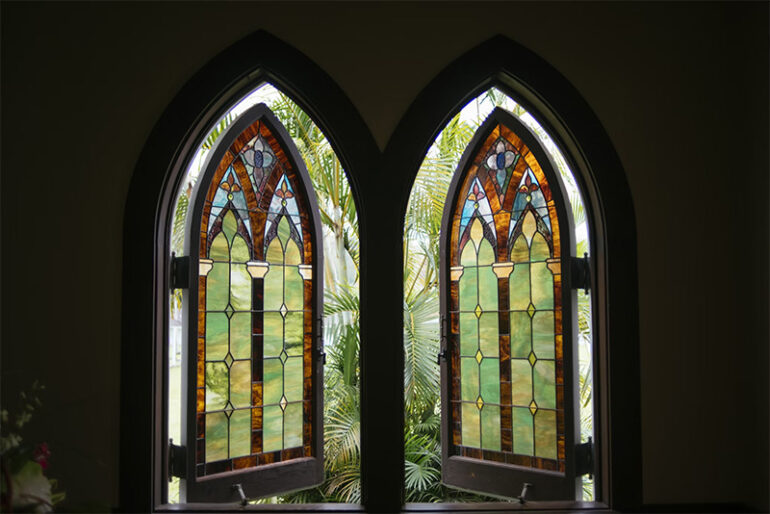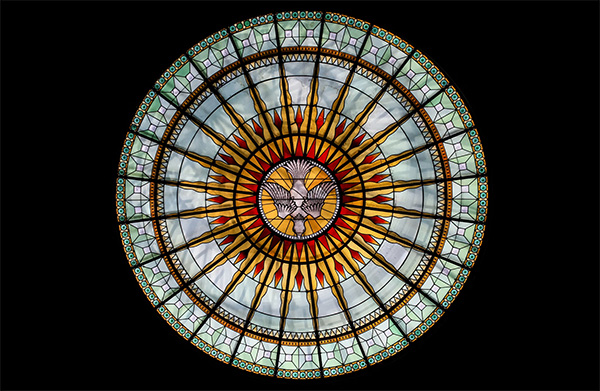With its rich history and vivid aesthetic appeal, stained glass art has long been a link between the sacred and the earthly, mesmerizing spectators with its interaction of light and color. Originally seen in medieval churches, this magnificent kind of artistic expression has changed dramatically throughout the years to reflect changes in technique, style, and social setting. From its function in delivering religious narratives to its contemporary interpretations that encompass personal and cultural themes, stained glass continues to inspire and resonate, therefore highlighting its timeless importance in both sacred and secular environments.
The Origins of Stained Glass Art
Originally emerging in the early Middle Ages, stained glass art originated in the need to improve the spiritual experience within churches. Simple colored glass was first employed by artists to create little decorative windows, but as methods developed, complex designs started to bloom. Apart from adornment, these colorful panels were used as storytelling tools to teach the mostly illiterate population biblical stories. By means of shaping, painting, and assembly of glass pieces, the skill involved in transforming religious environments so enabling light to seep through in hypnotic ways, so capturing worshippers and so confirming stained glass as a fundamental component of ecclesiastical design.
The Evolution of Stained Glass Techniques
Stained glass techniques had major developments over ages that reflected both technological progress and creative inventiveness. Early artists mostly used natural colors and basic glass-blowing techniques, but by the Gothic era they started using more sophisticated techniques including glass painting and silver stain to get darker tones. One of the biggest innovations was the use of lead, which let for more complex designs and wider windows. The material changed as artists experimented with layering and texture, opening the path for modern interpretations that combine classic workmanship with modern aesthetics, therefore highlighting the continuing attractiveness of stained glass art.
Stained Glass Art in Medieval Times
Stained glass peaked in the Middle Ages and became a mainstay of cathedrals and churches all throughout Europe. Often with large windows featuring rich biblical images, saints, and complex patterns meant to transmit religious meanings, these amazing buildings were Closely working with architects, artists made sure the glass not only improved appearance but also added to the spiritual environment of worship. The way light and color interacted produced a magnificent ambiance that enthralled the devout and inspired wonder. This age confirmed stained glass as a potent narrative tool by visually stunningly combining art, faith, and community.
Stained Glass Art in the Modern Era
Stained glass art has had an amazing comeback in the modern day as creators investigate fresh ideas and methods challenging conventional wisdom. Modern artists may use vivid colors with abstract forms to convey social concerns and personal stories. Technological innovations such digital printing and glass fusing have increased the avenues of expression and enabled more experimentation. Stained glass has evolved from religious settings to public buildings, houses, and art projects, enthralling a variety of viewers. This development emphasizes the flexibility of the medium, therefore guaranteeing its relevance and ongoing appeal in the twenty-first century.
Rich in history and transforming journey, stained glass art still speaks powerfully in both holy and secular settings. The medium changes to reflect modern society while honoring its historical history as artists adopt creative ideas and approaches. This dynamic interaction between history and modernity not only revitalizes the art form but also enables new audiences to interact with its beauty and significance, therefore ensuring that stained glass stays a vivid and relevant statement of creativity and cultural legacy.
Photo Attribution:
1st & featured image by https://unsplash.com/photos/mosaic-window-building-6wCZ2BQDIGs
2nd image by https://unsplash.com/photos/round-white-beige-and-red-stained-glass-roofing-cyOgYywC_KQ

